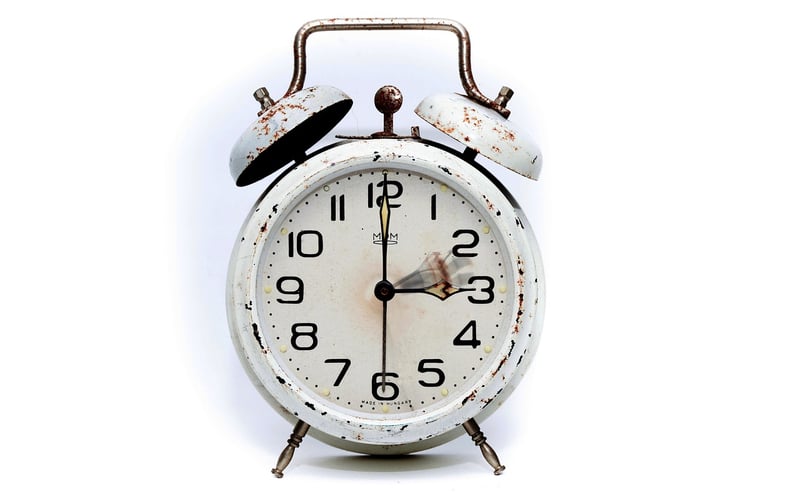Temporal Loops
Navigating Through Time Conundrums and Temporal Loops
Time travel has fascinated humanity for centuries, sparking endless debates and creative explorations in literature, movies, and scientific discussions. The concept of time conundrums and temporal loops adds complexity and intrigue to these narratives, challenging our understanding of causality and the nature of reality.
Understanding Time Conundrums
Time conundrums refer to paradoxical situations that arise when contemplating time travel. One of the most famous examples is the grandfather paradox, where a time traveler goes back in time and prevents their own grandfather from meeting their grandmother, thus preventing the time traveler's own existence. This paradox raises questions about the possibility of changing the past and the implications it would have on the future.
Types of Time Conundrums:
- Bootstrap Paradox
- Predestination Paradox
- Ontological Paradox
Exploring Temporal Loops
Temporal loops, also known as causal loops, occur when an event influences itself either directly or indirectly, creating a loop in time with no clear beginning or end. This concept suggests that events can be both the cause and the effect of each other, leading to a self-perpetuating cycle.
Characteristics of Temporal Loops:
- Repetition of Events
- Closed Causal Chain
- Infinite Looping
As we delve deeper into the intricacies of time conundrums and temporal loops, we are reminded of the limitations of our current understanding of time and the mysteries that continue to captivate our imagination.

To explore more about time travel, paradoxes, and the fascinating world of temporal anomalies, check out Space.com's article on Time Travel.
